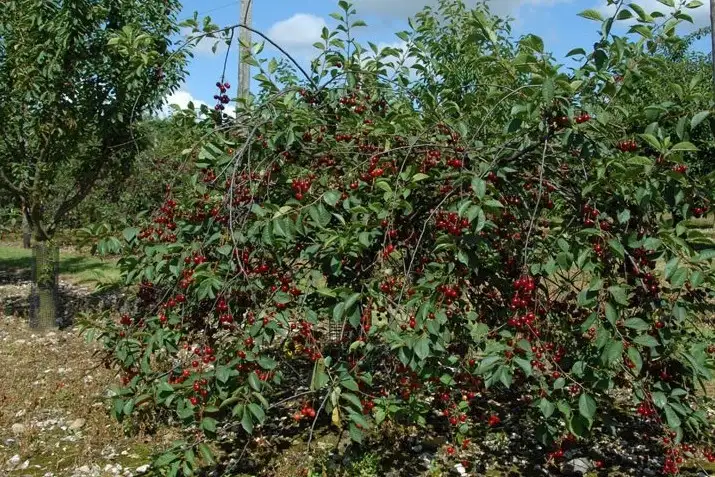The cherry expert consultant warns: quality is built throughout the year, not improvised. After the problems of the last season, strict choices and constant management are essential to remain competitive.
The quality of cherries has become an absolute priority for Chilean exports, especially toward the Chinese market. This was strongly emphasized by agronomist and consultant Patricio Morales during Fruit Trade 2025, with a clear message: top-quality cherries cannot be produced in neglected or poorly managed orchards.
During the 2024/25 season, there was a worrying increase in rejections at Chinese customs, often caused by rot issues and small calibers. “We exported 125 million boxes, but 33 million were of small fruit. This damages the perception and value of the finest cherries,” Morales said.

A demanding market with no alternatives
China remains the main outlet for Chile’s vast cherry production—around 70,000 hectares—and for this reason, the expert stresses, it is essential to adapt to its demands, which increasingly focus on quality and large fruit size.
Despite early forecasts of 131 million boxes, frosts in August and September could reduce the volume to below 110 million. Moreover, a deficit in chilling hours has caused uneven blooming and fruit set problems.
“In some orchards, the lower part was already developing while the upper part was still in bloom. This affects yield,” Morales explained, while highlighting the benefits of plastic covers, which help stabilize flowering through better heat accumulation.
Minimum caliber: a commitment to uphold
The industry has agreed to reduce packaging for cherries smaller than 28 mm, but Morales issued a warning: “Some producers are backtracking. We can’t afford that. If we set the minimum size at 2J, we must stick to it.”
Neglected orchards harm the entire chain
During his presentation, Morales showed images of abandoned orchards, pointing out that under such conditions it is impossible to produce fruit suitable for export.
“Some do nothing agronomic for months and think spreading a reflective cover at the last minute will fix everything. That approach is doomed. Discipline, rigor, and consistency are essential,” he emphasized.
Costs are managed through efficiency, not cuts
Addressing economic concerns, Morales stressed that delaying interventions leads to even higher expenses, while proper planning helps lower structural costs.
“The difference between managing an orchard well or poorly can be 1,000 or 2,000 dollars (about 930–1,860 euros). But the results are worlds apart,” he said, adding that everything starts with soil preparation and plant quality. “A quality plant is priceless,” he added.
Orchard uniformity is another key factor, both to reduce labor costs—the biggest production expense—and to simplify all field operations.
Focus on yield, not just savings
With expected declines of 12–15% in the export programs he oversees, Morales fears that some growers will try to save money where they shouldn’t.
“We’re the only ones in the world who worry more about costs than yields. That’s a mistake. A mindset shift is needed,” he said, urging the industry to invest in agronomic practices that create value while avoiding wasteful and inefficient ones.
Stress management and pruning techniques
Among the key factors for producing large cherries, Morales noted that the fruit is highly sensitive to calcium dilution, requiring careful management of stress (temperature, irrigation, salinity, pruning, and light exposure).
“Pruning must not be neglected or excessive. Winter pruning is essential if we want premium-quality cherries,” he emphasized.
Finally, he noted that poor irrigation can undo all other efforts, and reminded that the cherry’s growth cycle is extremely short—just 85 days from flowering to harvest—leaving no room for mistakes.
“Timing is everything. Only by acting with precision and discipline can we aim to produce top-tier cherries,” Morales concluded.
Source: mundoagro.io
Image source: SL Fruit Service
Cherry Times - All rights reserved













